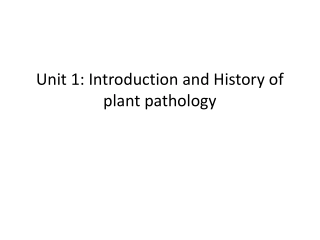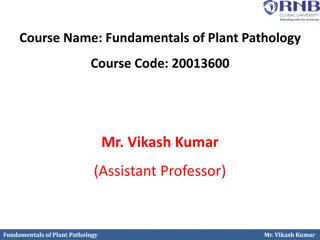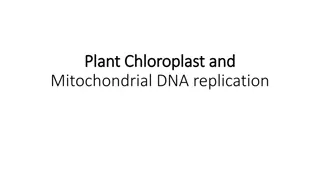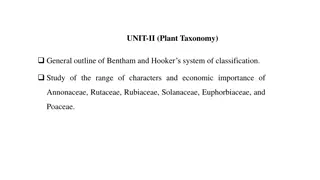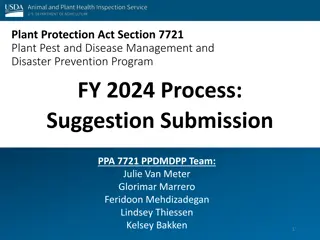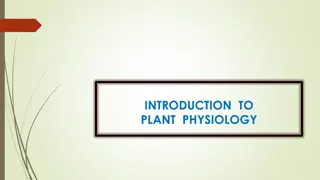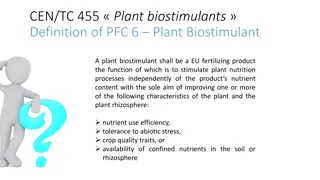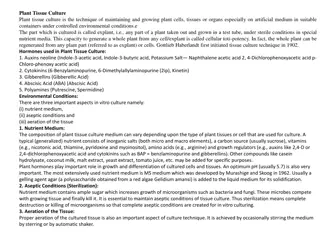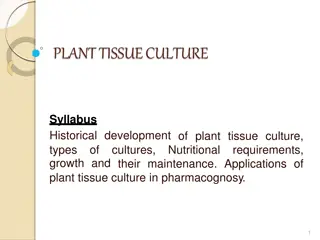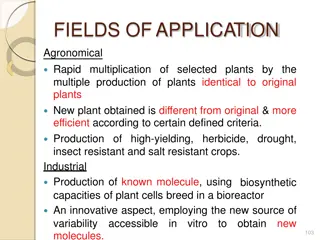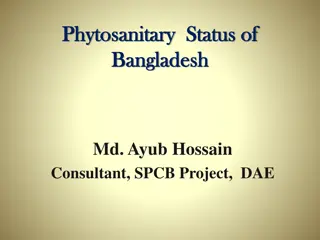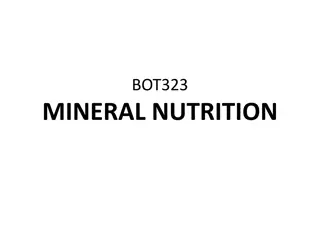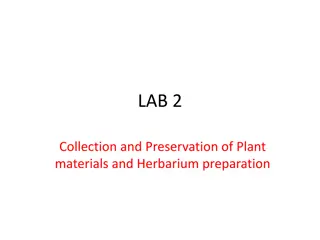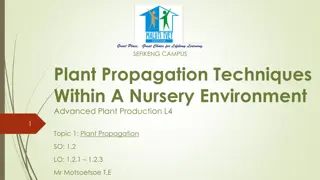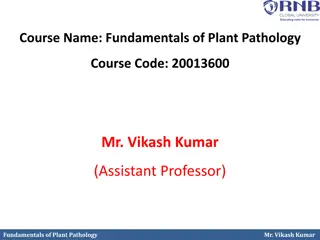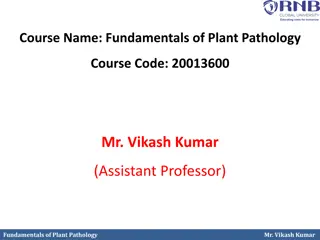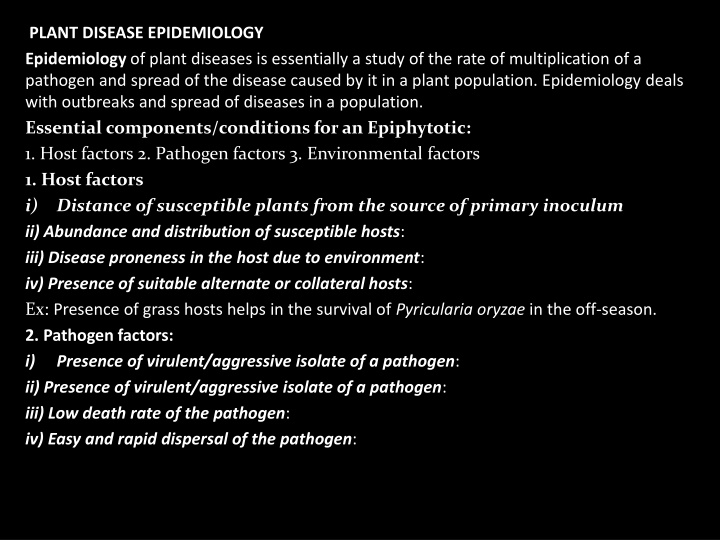
Plant Disease Epidemiology and Remote Sensing Techniques
Dive into the world of plant disease epidemiology to explore factors influencing disease outbreaks, including host, pathogen, and environmental factors. Discover how remote sensing techniques play a crucial role in monitoring and managing plant diseases effectively in agriculture.
Download Presentation

Please find below an Image/Link to download the presentation.
The content on the website is provided AS IS for your information and personal use only. It may not be sold, licensed, or shared on other websites without obtaining consent from the author. If you encounter any issues during the download, it is possible that the publisher has removed the file from their server.
You are allowed to download the files provided on this website for personal or commercial use, subject to the condition that they are used lawfully. All files are the property of their respective owners.
The content on the website is provided AS IS for your information and personal use only. It may not be sold, licensed, or shared on other websites without obtaining consent from the author.
E N D
Presentation Transcript
PLANT DISEASE EPIDEMIOLOGY Epidemiology of plant diseases is essentially a study of the rate of multiplication of a pathogen and spread of the disease caused by it in a plant population. Epidemiology deals with outbreaks and spread of diseases in a population. Essential components/conditions for an Epiphytotic: 1. Host factors 2. Pathogen factors 3. Environmental factors 1. Host factors i) Distance of susceptible plants from the source of primary inoculum ii) Abundance and distribution of susceptible hosts: iii) Disease proneness in the host due to environment: iv) Presence of suitable alternate or collateral hosts: Ex: Presence of grass hosts helps in the survival of Pyricularia oryzae in the off-season. 2. Pathogen factors: i) Presence of virulent/aggressive isolate of a pathogen: ii) Presence of virulent/aggressive isolate of a pathogen: iii) Low death rate of the pathogen: iv) Easy and rapid dispersal of the pathogen:
v) Adaptability of the pathogen: 3. Weather factors: REMOTE SENSING Remote sensing is estimating an object/phenomenon without being in physical contact with it. Objectives of remote sensing in plant Pathology 1. Assessment of disease over a vast area 2. To know the relationship of diseases and environment 3. To know the origin and development of epidemics 4. Quantitative assessment of the disease Remote sensing techniques of importance to Plant Pathology 1. Aerial photography and 2. Satellite remote sensing 1. Aerial photography: The healthy foliage is highly reflective to the infrared wavelengths and appears red 2. Satellite Imaging Weather satellites
Advantages of Remote sensing 1. Reveals pattern of disease incidence, intensity and development over largearea 2. Data generated byremote sensing is amenable to multidisciplinary approach 3. Gives synoptic view of largeareas 4. Data generated is on a permanent scaleand is unbiased 5. Data acquisition is fast compared to traditional methods and data analyzed is effectively utilized 6. Satellite data (ERTS) obtains information of an area periodically so that the information can be updated. 7. It frequently poses questions for ground investigators which cannot be generated by ground parties
General principles of plant disease management 1. Avoidance 2. Exclusion of inoculum 3. Eradication 4. Protection 5. Disease resistance 1.Avoidance of the pathogen: These methods aim at avoiding the contact between the pathogen and susceptible stage of the crop. a. Proper selection of geographical area b. Proper selection of the field c. Adjusting time of sowing d. Disease escaping varieties e. Proper selection of seed and planting material a) Proper selection of geographical area: Ex: Cultivation of bajra in wet areas is not profitable due to the diseases, smut (Tolyposporium penicillariae) and ergot (Claviceps microcephala) b) Proper selection of the field: Ex: Ex: Wilt of redgram
c) Time of sowing: Ex: Infection of black stem rust of wheat (Puccinia graminis tritici) is more in late sowing, hence, early sowing helps in reduction of stem rust incidence. d) Disease escaping varieties: Ex: Early maturing varieties of wheat or pea escape the damage due to Puccinia graminis tritici and Erysiphe polygoni, respectively. e) Proper selection of seed and planting material: Ex: bunchy top of banana (Banana virus- 1), Citrus tristeza virus
2. Exclusion of the pathogen: These measures aim at preventing the inoculum from entering or establishing in the field or area where it does not exist. Different methods of exclusion are seed treatment, seed inspection & certification, and plant quarantine regulation. a) Seed inspection and certification: b) Plant quarantine regulation: Plant quarantine measures are of 3 types. 1. Domestic quarantine: Ex: Bunchy top of banana, Banana mosaic, Potato wart 2. Foreign quarantine: 3. Total embargoes: Total restriction on import and export of agricultural commodities.

